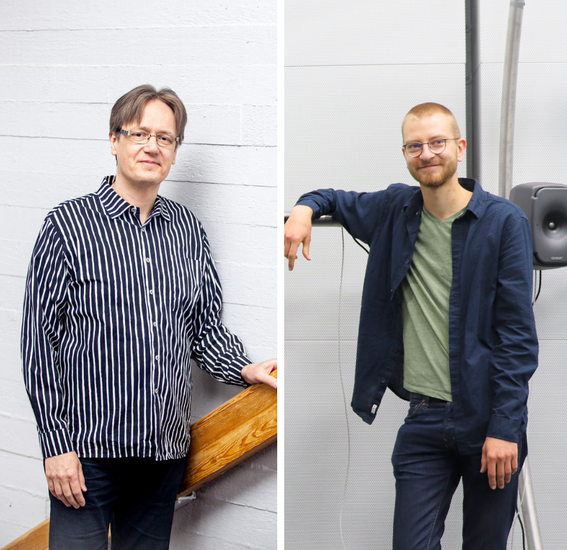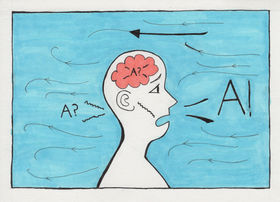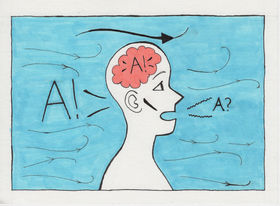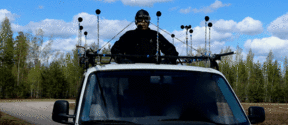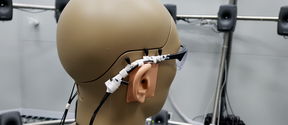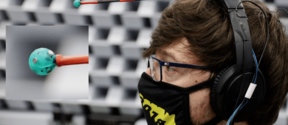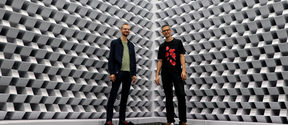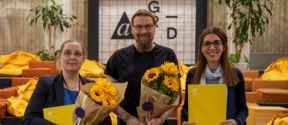Pulkki’s earlier research had confirmed that wind doesn’t affect the emanation pattern of speech, so there was no reason why shouting into the wind would be difficult. He therefore asked one of his master's students, Rapolas Daugintis, to study whether the phenomenon was due to how we hear. Daugintis carried out measurements and simulations to test the idea, and Senior Researcher Timo Lähivaara from the University of Eastern Finland contributed acoustic and flow field simulations.
Their results were surprising but simple: it’s harder for people to hear themselves when shouting upwind.
‘When someone shouts upwind, their ears are situated downwind from their mouth, which means that their ears receive less sound – it’s harder from them to hear their shout than when there’s no wind,’ says Pulkki.
The same thing happens when someone is moving quickly even if there’s no wind blowing – if you’re cycling, for example. As a person bikes, their motion generates a wind around their head even in stationary air, and they end up shouting because they can’t hear their own voice well.
